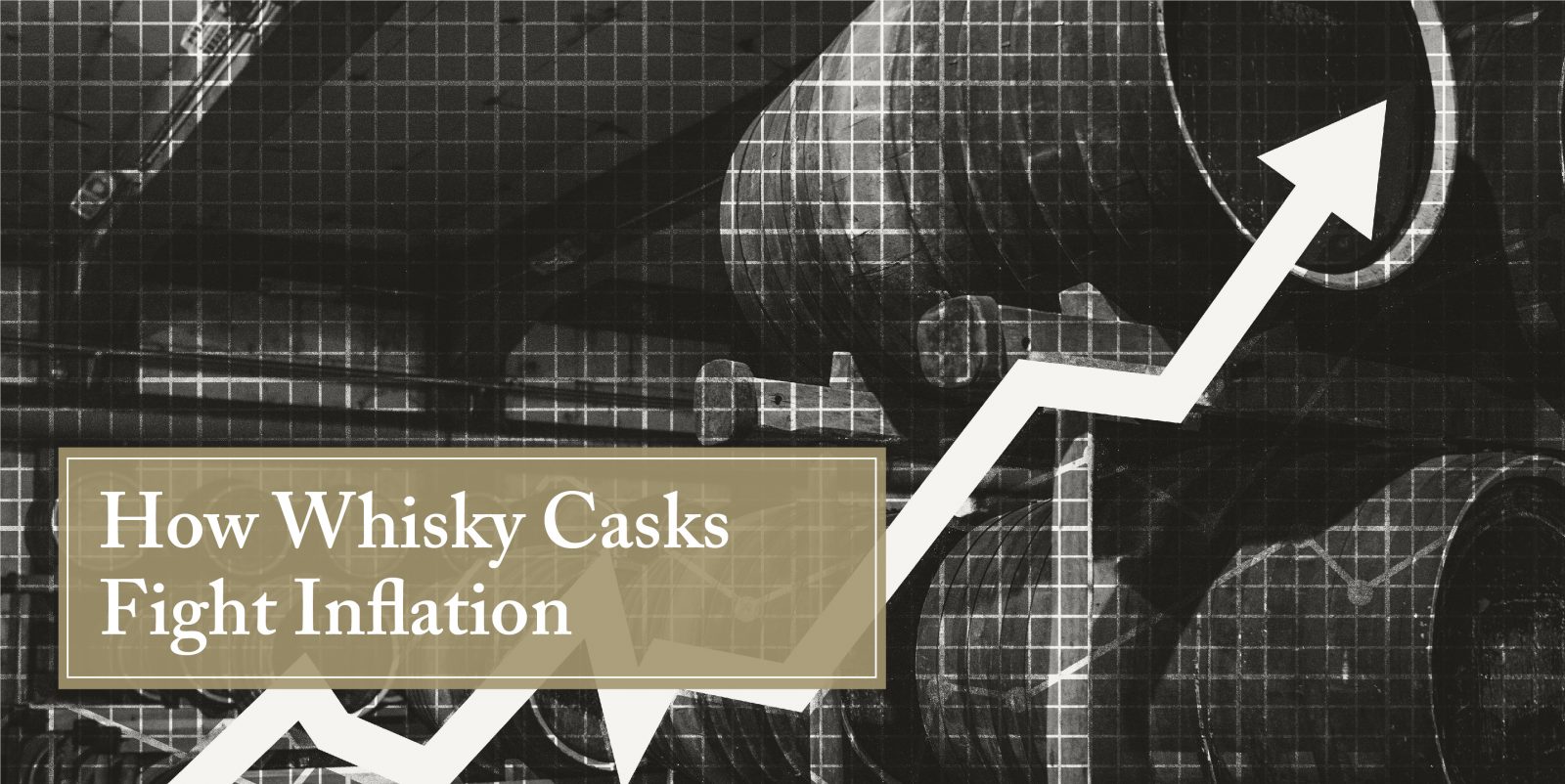As our economies begin to emerge from the worst economic crisis in living memory and the prospect of a more stable economic future appears on the horizon, one thing above all else is starting to spook investors: inflation.
Massive government borrowing to sustain global economies during the pandemic is expected to drive inflation for years to come, completely transforming the low—or even negative—inflation paradigm that has governed our investment choices over the last few years. Now, as we return to growth, there is a big bill is due to be paid.
But what does that mean for investors?
Where should you put your money?
As is often the case, there will be winners and losers. Overall, the stock market tends to perform better during periods of low inflation. Although many stocks have a reasonable chance of keeping pace with inflation, others—like high-dividend-paying stocks and fixed-rate bonds—tend to get hammered in inflationary times.
While investors can initially expect to ride the inflation wave, with the rate now predicted by many economists to surpass 3.5% to 4%, worries about rising wages and their potential pressure on margins will soon begin to kick in.
Inflation has a knock-on effect throughout the economy. Rising prices impact the cost of living, the cost of doing business, borrowing money, mortgages, corporate and government bond yields, and every other facet of the economy.
Consequently, investors need to start planning for the longer term, moving away from quick wins to instead turn to more stable ways to store their wealth in a volatile economy.
Turning to tangible assets
A common approach to hedge against inflation is to turn to tangible, asset-backed investments.
When a currency is having problems—as it does when climbing inflation decreases its buying power—tangible assets can offer investors a safer store for their wealth. For centuries, the leading haven has been gold. Investors tend to go for the gold during inflationary times, causing its price to rise on global markets.
As a store of value, gold has of course been far better than currency. But that doesn’t mean gold always makes a good hedge against inflation. When inflation rises, central banks tend to increase interest rates as part of monetary policy, which can cause significant volatility in the gold markets.
The price of gold is not set so much by supply-demand dynamics as it is by the fluctuations in investor sentiment. And, as investor sentiment often revolves around inflation expectations, the correlation between the CPI (Consumer Price Index) and the price of gold is often weak. In fact, from the beginning of 1980 to the beginning of 2000, the price of gold dropped more than 40% while the CPI rose almost 120%.
Consequently, investors seeking to protect themselves against inflation should look beyond traditional assets: and that’s where investing in whisky casks could make the difference between a portfolio that’s vulnerable to the impact of inflation and one that’s protected against it.
Wealth and whisky
Investing in whisky casks offers several advantages compared to traditional investments, such as stocks and shares, particularly in inflationary times. As the value of whisky casks is not directly tied to any financial markets, it is not as significantly affected by economic volatility. As an asset backed tangible investment, supply and demand plays an important role, with investors purchasing a tangible commodity which they will own and be able to sell on when the time is right. The value of whisky casks is largely determined by its age and brand and tends to increase at a steady rate over time, irrespective of the wider economic situation.
It’s hard to predict the real impact that inflation will have on our investments, and on the wider economy over the next few months. But we do know that it’s coming. In the current climate, inflation-hedged asset classes should be an important part of any diversified portfolio.
This may be the ideal moment to invest in whisky casks.

